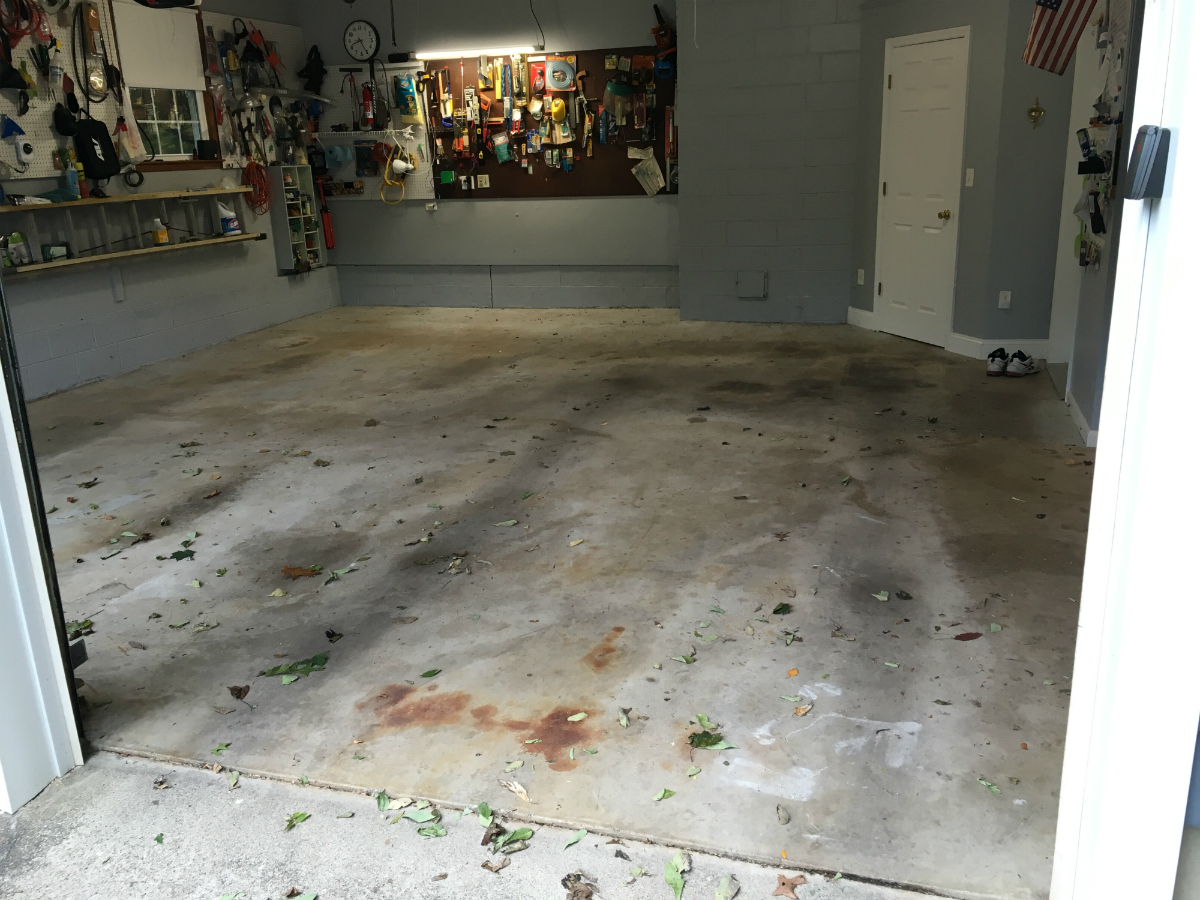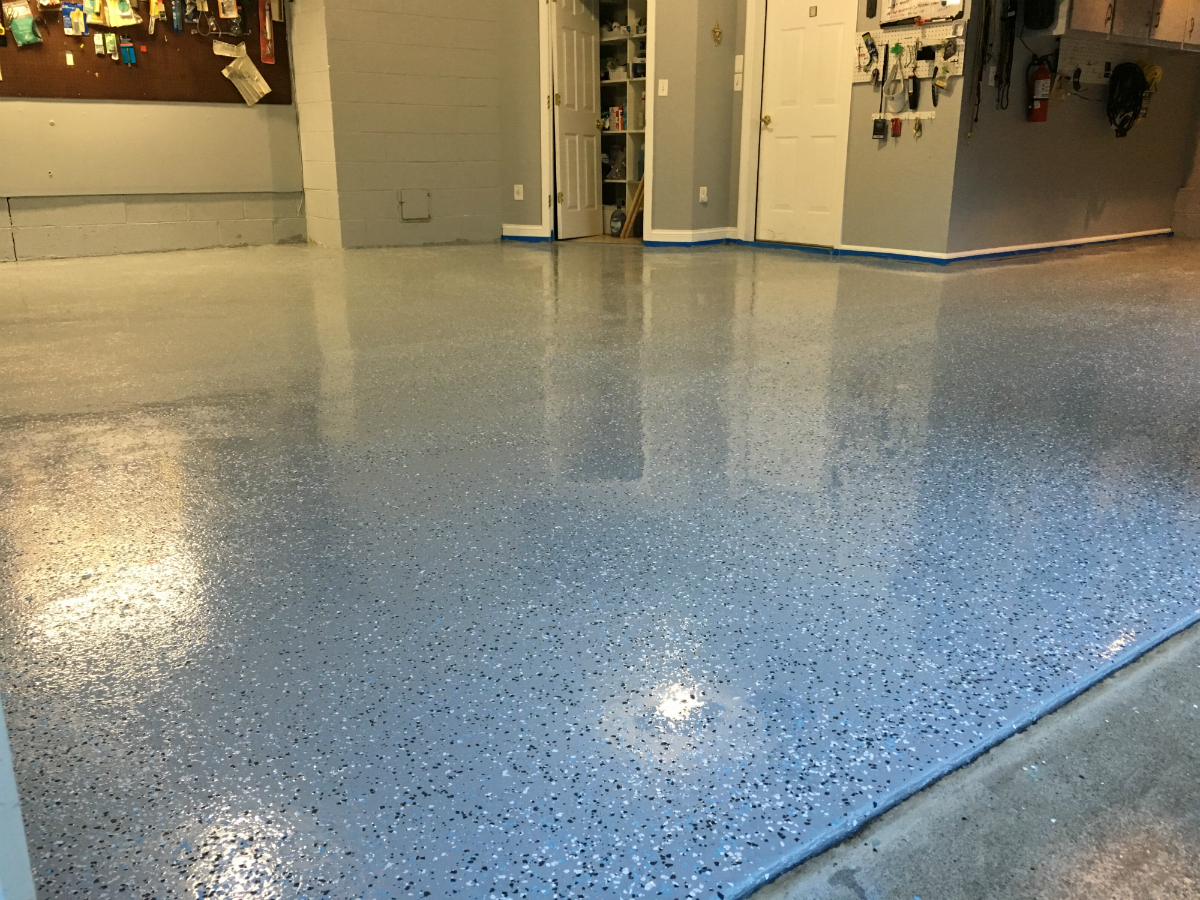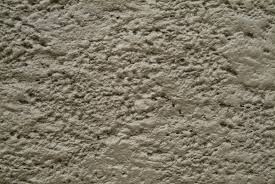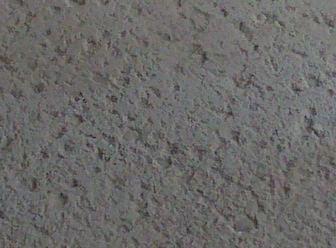Clearing Up some of the Most Common (and untrue) Garage Floor Epoxy Myths
Garage Floor Epoxy Myths
When it comes to epoxy, particularly of the floor type, there are an awful lot of misconceptions floating around that make many people hesitant to even give it a try. The big question you’re probably asking yourself is whether or not it is actually worth it to even try installing epoxy. Before you make a firm decision, you need to decide how it’s going to work for you. If you’re wanting to run electrical connections via your flooring, you may want to consider getting a glass feedthrough . This feedthrough as glass-to-metal seal, which has improved safety features in cases of any accidents. Well, there are several reasons for which you should give it a try, and we’re certain you’ll be happy with the results. There’s not too many flooring options that is as dramatic and beautiful as a high quality epoxy floor finish.

Let’s take a look at some of the common facts and fiction about garage or commercial epoxy.
The Garage Floor Epoxy Cost Is Too High
Yes, you’re going to sink a bit of money into this project, no doubt, and if you call many of the services that do the job, you’ll probably find that they charge an arm and a leg. If they’re charging more than $6 per square foot, they’re probably padding their expenses, and quite frankly, you could do it yourself for far cheaper. Don’t fall into this trap! These people are only serving to perpetuate the myth that epoxy floors are unaffordable and may not even be doing a good job. The price should be somewhere in the neighborhood of $4-5 per square foot, though it will actually be quite a bit cheaper to do it yourself, depending upon the type of epoxy you choose to utilize. Know the facts and know that you don’t have to break the bank to get the best protection.
All Epoxy Coatings are the Same
Whoever started this myth really has no idea what they’re talking about. Garage epoxy flooring comes in many different types and styles, and some are much better than others. One of the biggest mistakes people tend to make is choosing a water based polymer, which is DIY friendly, but has very little abrasion or impact resistance. Very often applying a water based epoxy will not be a good investment, so choose your floor protection wisely! Any quality professional would never use a water based epoxy and neither should you.
All You need to Do is Clean your Garage Floor and You’re Ready!
 It’s going to take a bit more work on your part if you really want to be ready for your garage epoxy flooring. The most annoying myth that goes around is that you only need to give your garage floor a once over cleaning to get it ready. No, it’s not quite that simple. You need to remove all dirt, stains or oil and most importantly, open the pores. Remember, opening the pores promotes adhesion, and that’s exactly what you need to happen when you are laying down your epoxy flooring. A good acid etch or diamond grind will clean your floor and open the pores of the concrete allowing the epoxy to soak in and form an unbreakable bond. Always try to get a pearland power washing company first to remove as much of the surface contaminants as possible. When rinsing off the acid etch solution scrubbing a little TSP powder in first and then doing a rinse with a power washer will yield the best results. If you would prefer to clean it yourself though then you can do just that. You don’t have to get a company to help clean your floor for you, instead, you could get your own pressure washer and do it all yourself. Just check out things like this gas pressure washer review so that you get the right one for you.
It’s going to take a bit more work on your part if you really want to be ready for your garage epoxy flooring. The most annoying myth that goes around is that you only need to give your garage floor a once over cleaning to get it ready. No, it’s not quite that simple. You need to remove all dirt, stains or oil and most importantly, open the pores. Remember, opening the pores promotes adhesion, and that’s exactly what you need to happen when you are laying down your epoxy flooring. A good acid etch or diamond grind will clean your floor and open the pores of the concrete allowing the epoxy to soak in and form an unbreakable bond. Always try to get a pearland power washing company first to remove as much of the surface contaminants as possible. When rinsing off the acid etch solution scrubbing a little TSP powder in first and then doing a rinse with a power washer will yield the best results. If you would prefer to clean it yourself though then you can do just that. You don’t have to get a company to help clean your floor for you, instead, you could get your own pressure washer and do it all yourself. Just check out things like this gas pressure washer review so that you get the right one for you.
There’s a lot of Upkeep
Okay, there’s SOME upkeep involved, of course, but you don’t need to constantly redo your top coat to make it look good. With a properly installed topcoat and good preparation, your garage epoxy flooring should stand the test of time and look great for many years to come. It might be hard to accept, but as long as you follow the instructions and take the above into account, that epoxy won’t be going anywhere for the foreseeable future and all that will be required is routine cleaning with a cleaner such as Simple Green and water and in most cases just a garden hose will get your floor clean. A good urethane topcoat is like Teflon and not much should stick to it.
It’s just a Paint Job!
Something we need to address right now, is that paint is not epoxy. Paint is, well, paint, and epoxy is comprised of resins and chemically engineered hardeners. When compared to the low thickness of paint, epoxy might seem like some sort of miracle, being up to 25 mils thick while paint and low quality epoxies are 2-3 mils. You can even coat with several layers to make it thicker. Additionally, epoxy boasts higher adhesion ratings in addition to much higher abrasion ratings that will keep it intact for many years to come. A high quality urethane topcoat topcoat makes it an even harder finish then just an epoxy coating alone. A urethane based topcoat will provide UV Resistance against yellowing and fading, provide protection against scratching and impacts plus a give your floor a beautiful high gloss finish.
It is important for you to take these myths into account simply because not doing so would open you up to doing so many different things wrong. That being said, read over this post several times, and then try to determine what other things you might be doing wrong. Sometimes, the worst thing you can do is talk to people, because quite frankly, so many myths are handed down from person to person, it can be difficult to keep track of who is telling the truth and who has simply been fooled. Don’t worry, our Need To Know Page has plenty of information regarding all types of epoxy flooring epoxy and how to apply them – just make sure you’re using the right product.


 There are many mistakes that can be made during the installation of garage epoxy flooring as we are sure you are aware, but we have cut it down to just a few for the sake of expedience.
There are many mistakes that can be made during the installation of garage epoxy flooring as we are sure you are aware, but we have cut it down to just a few for the sake of expedience.









